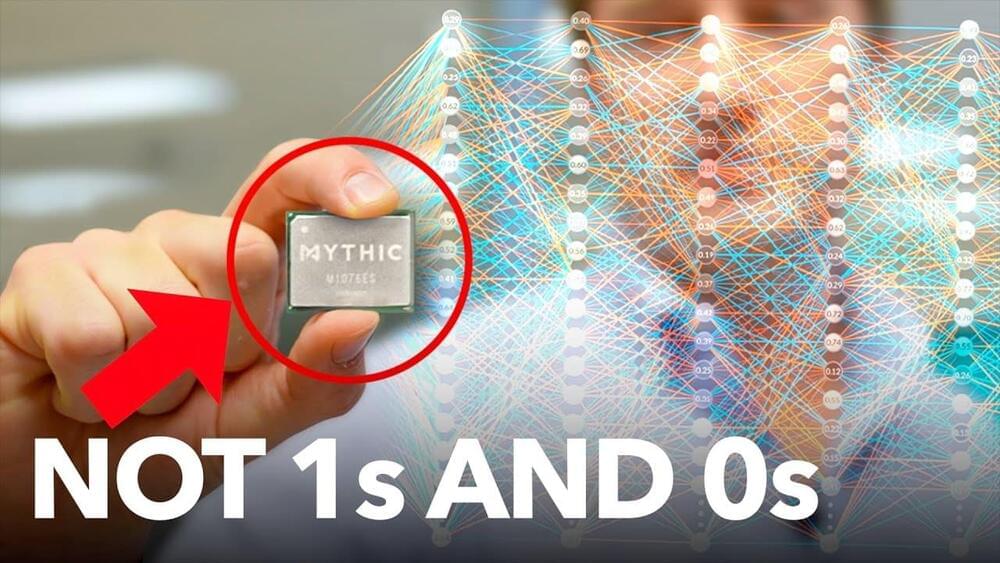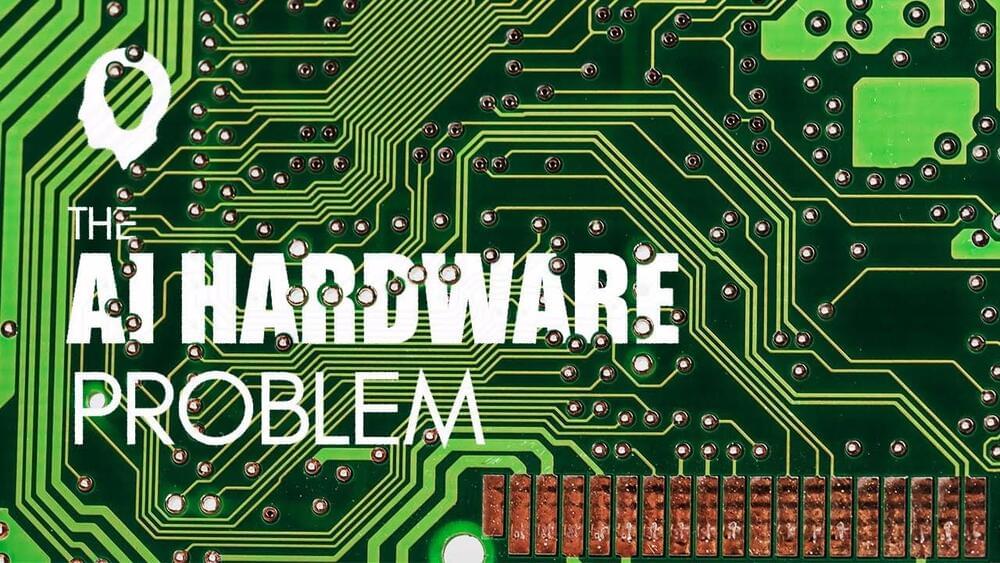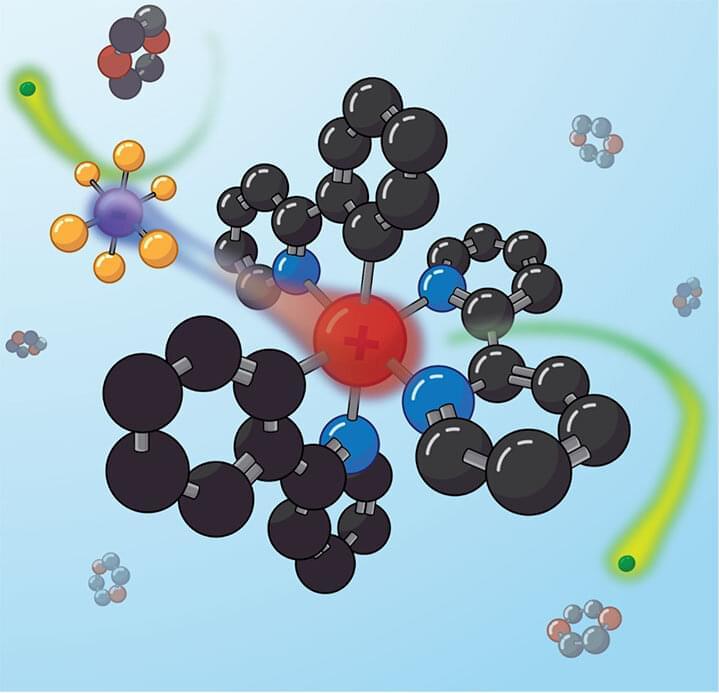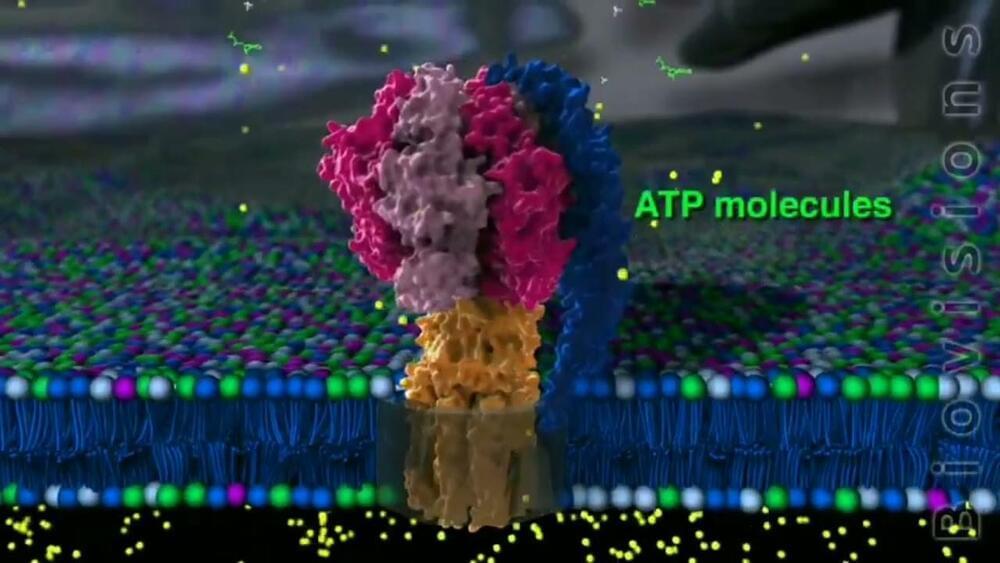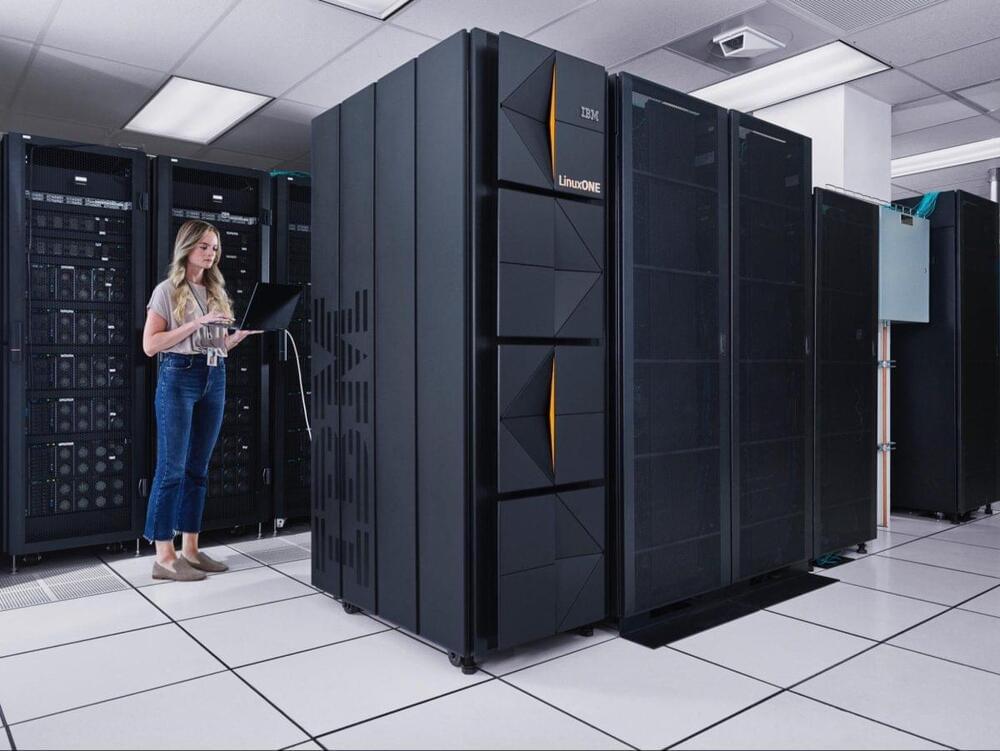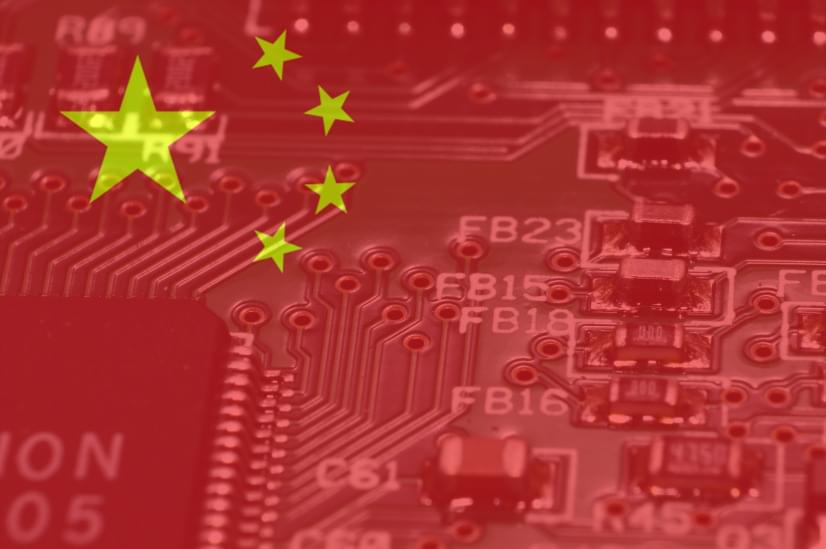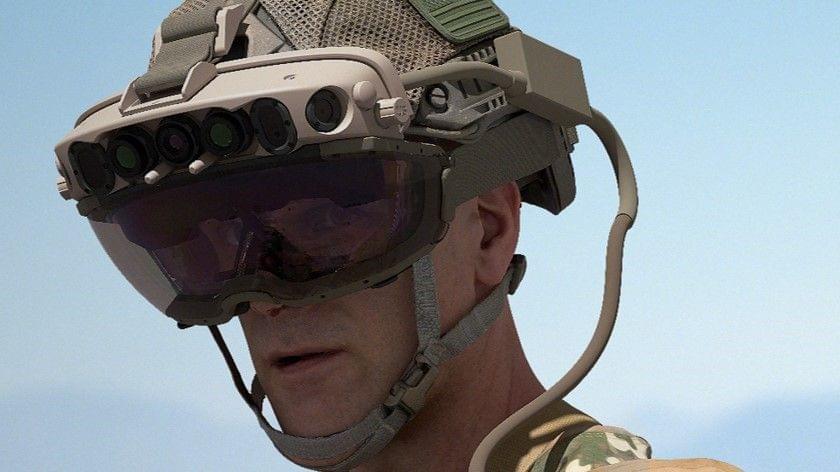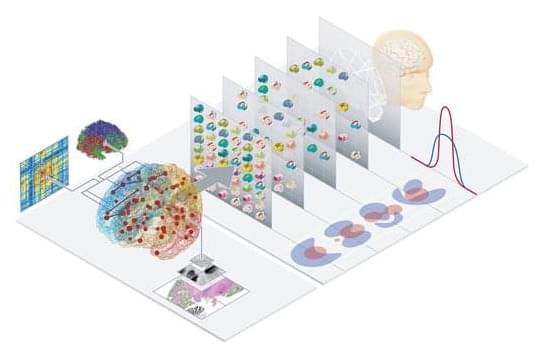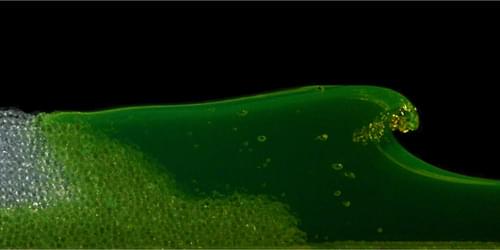Visit https://brilliant.org/Veritasium/ to get started learning STEM for free, and the first 200 people will get 20% off their annual premium subscription. Digital computers have served us well for decades, but the rise of artificial intelligence demands a totally new kind of computer: analog.
Thanks to Mike Henry and everyone at Mythic for the analog computing tour! https://www.mythic-ai.com/
Thanks to Dr. Bernd Ulmann, who created The Analog Thing and taught us how to use it. https://the-analog-thing.org.
Moore’s Law was filmed at the Computer History Museum in Mountain View, CA.
Welch Labs’ ALVINN video: https://www.youtube.com/watch?v=H0igiP6Hg1k.
▀▀▀
References:
Crevier, D. (1993). AI: The Tumultuous History Of The Search For Artificial Intelligence. Basic Books. – https://ve42.co/Crevier1993
Valiant, L. (2013). Probably Approximately Correct. HarperCollins. – https://ve42.co/Valiant2013
Rosenblatt, F. (1958). The Perceptron: A Probabilistic Model for Information Storage and Organization in the Brain. Psychological Review, 65, 386–408. – https://ve42.co/Rosenblatt1958
NEW NAVY DEVICE LEARNS BY DOING; Psychologist Shows Embryo of Computer Designed to Read and Grow Wiser (1958). The New York Times, p. 25. – https://ve42.co/NYT1958
Mason, H., Stewart, D., and Gill, B. (1958). Rival. The New Yorker, p. 45. – https://ve42.co/Mason1958
Alvinn driving NavLab footage – https://ve42.co/NavLab.
Pomerleau, D. (1989). ALVINN: An Autonomous Land Vehicle In a Neural Network. NeurIPS, 1305-313. – https://ve42.co/Pomerleau1989
ImageNet website – https://ve42.co/ImageNet.
Russakovsky, O., Deng, J. et al. (2015). ImageNet Large Scale Visual Recognition Challenge. – https://ve42.co/ImageNetChallenge.
AlexNet Paper: Krizhevsky, A., Sutskever, I., Hinton, G. (2012). ImageNet Classification with Deep Convolutional Neural Networks. NeurIPS, (25)1, 1097–1105. – https://ve42.co/AlexNet.
Karpathy, A. (2014). Blog post: What I learned from competing against a ConvNet on ImageNet. – https://ve42.co/Karpathy2014
Fick, D. (2018). Blog post: Mythic @ Hot Chips 2018. – https://ve42.co/MythicBlog.
Jin, Y. & Lee, B. (2019). 2.2 Basic operations of flash memory. Advances in Computers, 114, 1–69. – https://ve42.co/Jin2019
Demler, M. (2018). Mythic Multiplies in a Flash. The Microprocessor Report. – https://ve42.co/Demler2018
Aspinity (2021). Blog post: 5 Myths About AnalogML. – https://ve42.co/Aspinity.
Wright, L. et al. (2022). Deep physical neural networks trained with backpropagation. Nature, 601, 49–555. – https://ve42.co/Wright2022
Waldrop, M. M. (2016). The chips are down for Moore’s law. Nature, 530144–147. – https://ve42.co/Waldrop2016
▀▀▀
